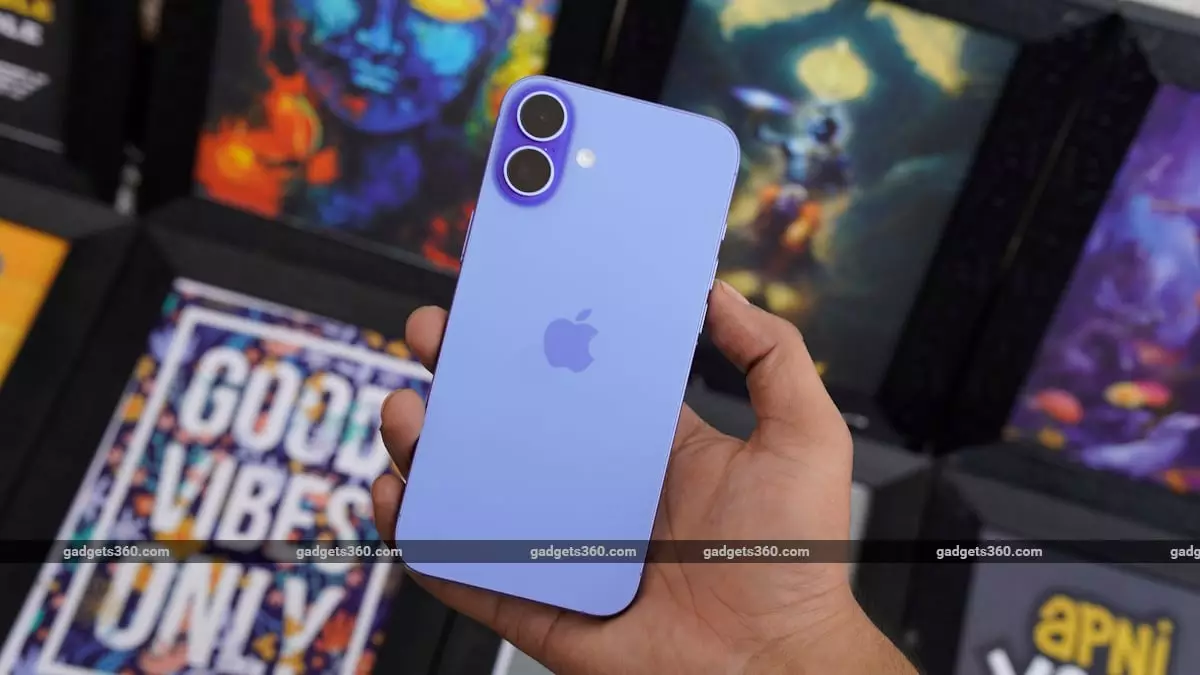Every year, consumers are lured into believing they’re gaining monumental savings through mega sales on platforms like Flipkart. The upcoming Flipkart GOAT Sale 2025 exemplifies this marketing strategy—promoting discounts that seem too good to ignore. Yet, beneath the surface, these supposed bargains often serve more as psychological traps than genuine financial benefits. Retailers, including Flipkart, strategically inflate original prices or create artificial price hikes well before the sale, setting consumers up for the illusion of savings. This manipulation relies on the assumption that consumers are gullible enough to equate markdowns with real value, but the reality is quite different. Many buyers fall into the trap of purchasing items they don’t need simply because the “discount” appears significant. This phenomenon reveals a troubling trend: sales become retail theater, designed more to accelerate consumer spending than to promote sound financial choices.
The Problem with “Limited-Time” Offers and Early Access
While Flipkart emphasizes early access — giving select customers like Flipkart Plus members a head start — it primarily underscores the exclusivity that fuels consumer anxiety. Limited-time offers and early bird deals serve as psychological pressure tools, compelling customers to purchase impulsively. Consumers trust these deals because the threat of missing out (FOMO) becomes a powerful motivator. However, such tactics often distort consumer perceptions of value. Early access creates a false sense of privilege, but it’s ultimately a marketing ploy to maximize spending within a narrow window. Instead of empowering customers, it manipulates them into irrational buying behaviors, fostering a culture of compulsive consumption driven by marketing games rather than real need or savings.
The Deceptive Role of Price Anchoring and Artificial Discounts
Throughout the sale, a recurring tactic is the use of price anchoring—initial prices inflated to make discounts look serious, though they are often inflated or inconsistent with market realities. For example, flagship smartphones like the iPhone 16 or Nothing Phone 3 are promoted with significant discounts, yet the base prices originate from inflated launch prices or are subject to supply chain adjustments that distorts the actual savings. It’s important for consumers to realize that these discounts often come packaged with catch terms—limited stock, exclusive financing, or additional costs hidden in the fine print. The lure of “up to 50% off” creates an illusion of value, but the true savings are often minimal after factoring in hidden costs or inflated original prices. This form of deceptive marketing effectively convinces consumers they are making a smart purchase when, in reality, they are playing into a highly profitable retail game.
The Bigger Picture: Consumer Power and Ethical Retailing
From a center-leaning liberal perspective, these sales reflect a broader failure of retail ethics and consumer rights. Retail giants like Flipkart wield enormous influence over market prices, often distorting supply and demand to suit promotional agendas. Instead of fostering transparency, they manipulate consumer perceptions—intentionally or otherwise—by creating artificial scarcity, dynamic pricing, and strategic discounts. The result is a consumer environment driven by urgency and impulse rather than informed choice. As consumers, we need to question these marketing tactics critically and demand more honest, transparent pricing strategies. Instead of blindly falling for perceived savings, buyers should consider whether they genuinely need the items and whether the discounts are real or just marketing illusions. Retailers that prioritize quick profits over consumer trust undermine the very foundations of ethical commerce and set a dangerous precedent for future policies.
The Reality Check: Navigating Sales with Critical Awareness
In a landscape flooded with promotions, the savvy consumer cannot rely solely on advertised discounts or countdown timers. Tools such as price comparison apps, historical price tracking, and rational decision-making are vital in uncovering the truth behind glossy sale banners. Consumers should resist the impulsive rush and scrutinize whether these so-called “deals” actually offer meaningful savings. Campaigns like Flipkart’s GOAT Sale serve as an example of retail marketing at its most manipulative, where the goal isn’t necessarily to benefit the customer but to maximize profits at their expense. Ultimately, the true power lies with the consumer—if they develop the awareness and demand transparency, they can undermine these predatory tactics and push for a marketplace built on integrity and fairness rather than cheap illusions of value.


Leave a Reply